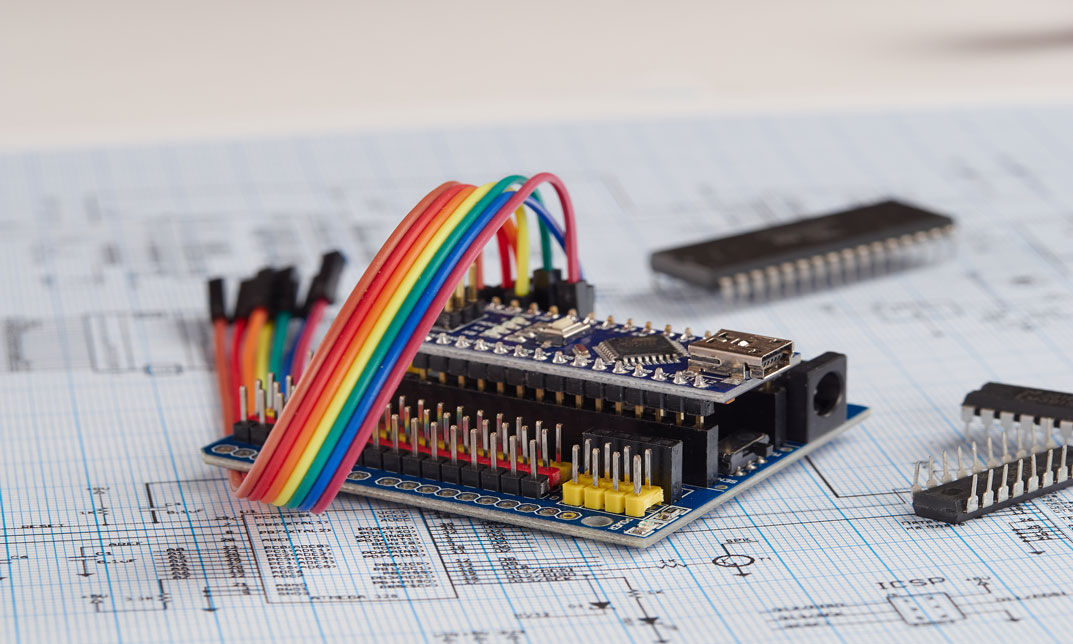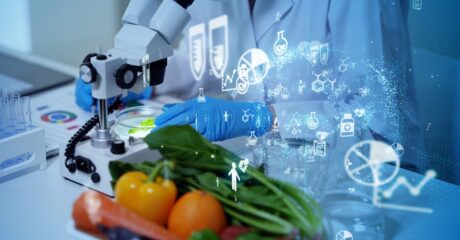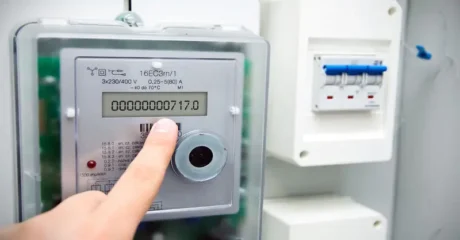GET THIS COURSE AND 3000+ OTHERS FOR ONLY £49. FIND OUT MORE
 Course Highlights
Course Highlights
Who does not want to avail the opportunity to grasp extensive industry-specific knowledge and understanding on Arduino without Coding? Don’t be late to enrol to learn Arduino without Coding from the most efficient way of teaching!
You will learn about Arduino interfaces, ADC and analog sensors, servo motor interfacing, and many technical explanations of the relevant things. After completing the Arduino without Coding course, you will get the best handful of experience ever, which will enrich you in terms of confidence to prosper more in your workplace. Your career potential is in our hand now. It is your time and money and our effort and dedication to master you on the relevant subject. Our resources are enriched with the most up-to-date industrial information to make you believe in you!
To reach the peak in your profession, join the Arduino without Coding course today and become a highly demanded professional in your field!
 Learning outcome
Learning outcome
- Familiar yourself with the recent development and updates of the relevant industry
- Know how to use your theoretical knowledge to adapt in any working environment
- Get help from our expert tutors anytime you need
- Access to course contents that are designed and prepared by industry professionals
- Study at your convenient time and from wherever you want
 Course media
Course media
 Why should I take this course?
Why should I take this course?
- Affordable premium-quality E-learning content, you can learn at your own pace.
- You will receive a completion certificate upon completing the course.
- Internationally recognized Accredited Qualification will boost up your resume.
- You will learn the researched and proven approach adopted by successful people to transform their careers.
- You will be able to incorporate various techniques successfully and understand your customers better.
 Requirements
Requirements
- No formal qualifications required, anyone from any academic background can take this course.
- Access to a computer or digital device with internet connectivity.
Curriculum
-
Introduction To Course
00:01:00
-
Introduction to Embedded System and Arduino
00:04:00
-
Arduino Basics
00:09:00
-
Difference between C Syntax of Arduino and C Coding
00:10:00
-
Arduino IDE and ArduinoBlockly Installation
00:10:00
-
Writing Program into ArduioBlockly and downloading on Board
00:11:00
-
Program Downloading using Arduino IDE
00:05:00
-
Breadboard
00:08:00
-
LED Interfacing
00:11:00
-
Project 1: All LED Blinking
00:01:00
-
Project 2: Alternate LED Blinking
00:01:00
-
Project 3:Four LEDs ON -OFF
00:01:00
-
Project 4: Chaser
00:01:00
-
Ten Times LED Blinking
00:01:00
-
Switch Interfacing
00:11:00
-
Project 6: LED and Switch Program
00:02:00
-
Project 7: Two LEDs and Two Switches Program
00:02:00
-
Buzzer
00:03:00
-
Project 8: Buzzer Programming
00:01:00
-
Project 9: Buzzer and LED Program
00:01:00
-
Tri-Color LED
00:05:00
-
Project 10: Tri-Color LED Based Red,Green, Blue Color Generation
00:01:00
-
Project 11: Tri Color LED Based Yellow, Cyan and Magenta Color Generation
00:01:00
-
Project 12: Traffic Light Controller
00:01:00
-
Project 13: Tri Color LED and Switch Based Color Generation
00:02:00
-
Seven Segment Display Interfacing
00:01:00
-
Project 14: Up Counter Using Seven Segment Display
00:04:00
-
Introduction Serial Communication
00:13:00
-
Project 15:Printing a Message into Monitor Window
00:01:00
-
Project 16: Message Reading Using Serial Communication
00:01:00
-
Project 17: Device Control
00:03:00
-
ADC concepts
00:17:00
-
Project 18: Digital Thermometer
00:02:00
-
Project 19: Digital Voltmeter
00:02:00
-
Project 20: Digital Light Meter
00:01:00
-
Project 21: Temperature Controller
00:01:00
-
Introduction To Pulse Width Modulation and its Concepts
00:12:00
-
Project 22: LED Fading
00:01:00
-
Ultrasonic Sensor concept
00:14:00
-
Project 23: Distance Meter
00:02:00
-
Project 24: Water Level Indicator
00:01:00
-
Servo Interfacing with Arduino
00:15:00
-
Project 25: Servo Based Angular Control
00:01:00
-
Conclusion
00:01:00
-
Resources – Start Learning Arduino
Offer Ends in

-
Duration:3 hours, 17 minutes
-
Access:1 Year
-
Units:45


.png) 7 Reviews
7 Reviews 1 Students
1 Students
 All
Courses for £49
All
Courses for £49


